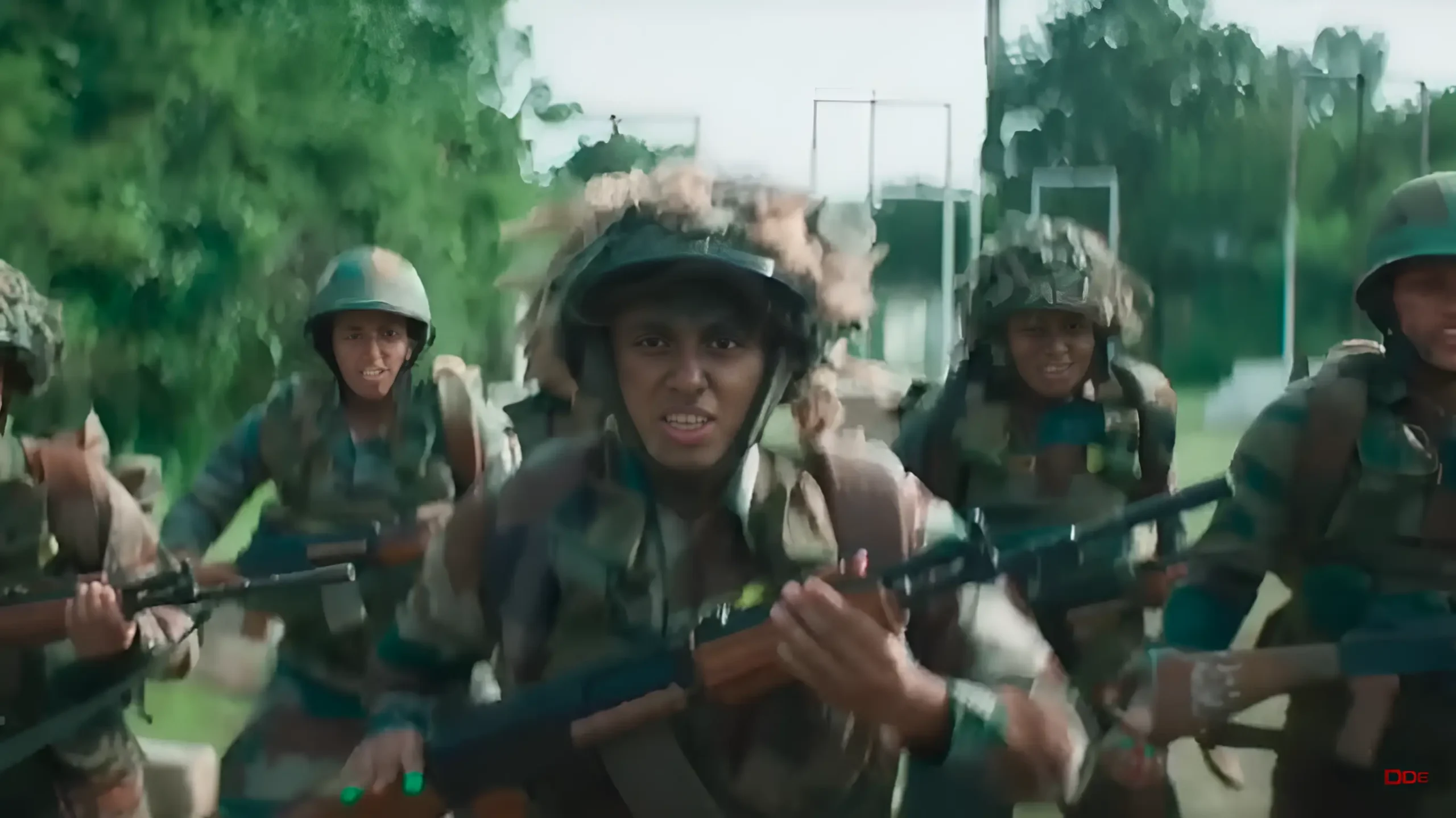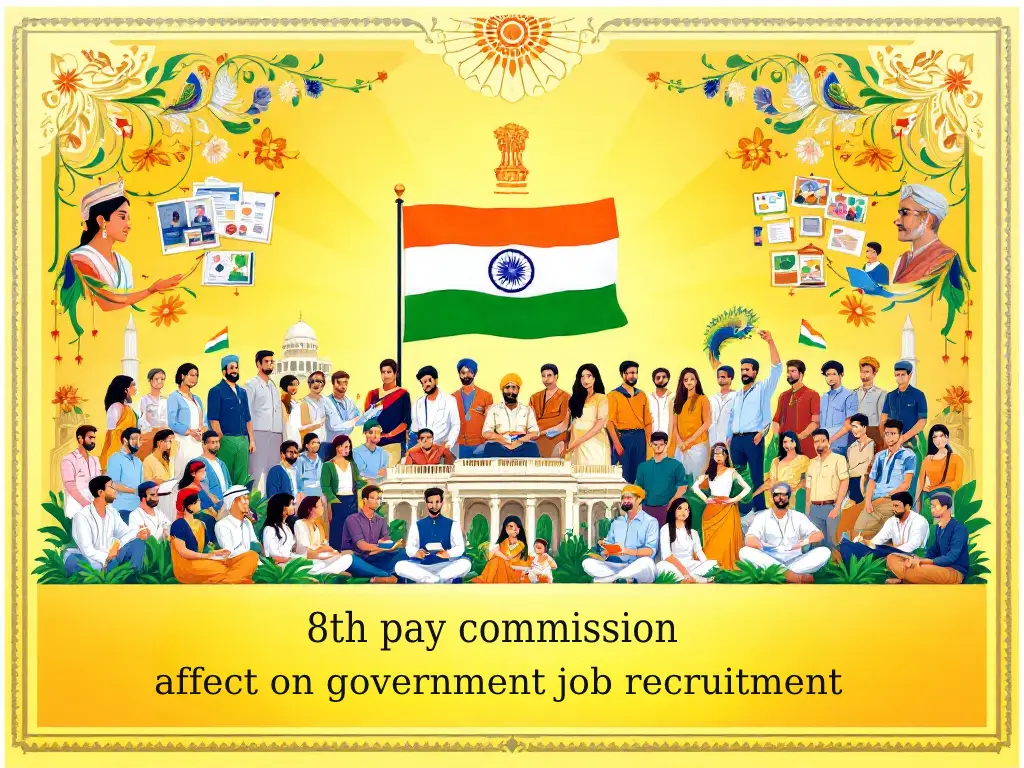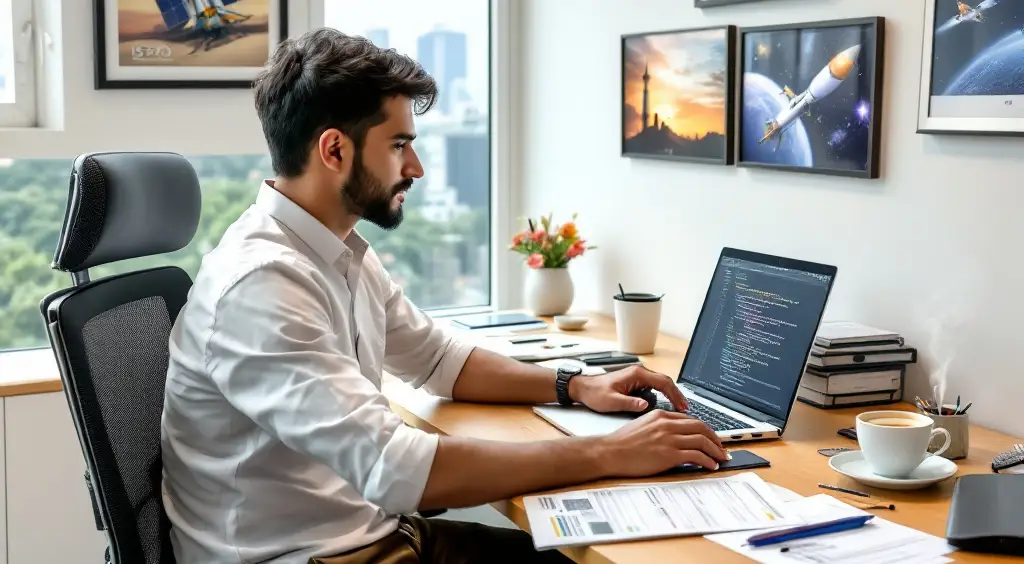Introduction: Why Settle for a Desk Job When You Can Fly Fighter Jets?
Let’s face it: while most of us are stuck in Zoom meetings debating the merits of “synergy” and “blue-sky thinking,” some women are out there breaking barriers—literally. The Indian defence forces have come a long way from being a boys’ club. Today, women aren’t just serving tea in canteens; they’re flying fighter planes, commanding troops, and decoding enemy secrets (no, not through WhatsApp forwards). Even women serves everywhere equally as men. Now women are working every where like Indian forces, national security guard, national security advisor. All defence services comes under Central government i.e with salary many more perks.
For maintain gender equality the defence service induction of women allowed and avail career opportunities for women. The Ministry of Defence in India actively recruits women for various positions. Priya Jhingan was the first woman officer or first female officer in the Indian Army. They can join defence services as officers. They can join defence service in different fields like, medical, engineering, catering and legal. If you’ve ever dreamed of swapping your office chair for a tank seat or trading your coffee mug for a rifle, this article is your ultimate guide. We’ll explore 10 career opportunities for women in Indian defence forces, sprinkle in some humor, and maybe even convince your aunt that “joining the army” doesn’t mean you’ll come home with a tan and a tough accent.
1. Army Officer: Where Every Day is Leg Day
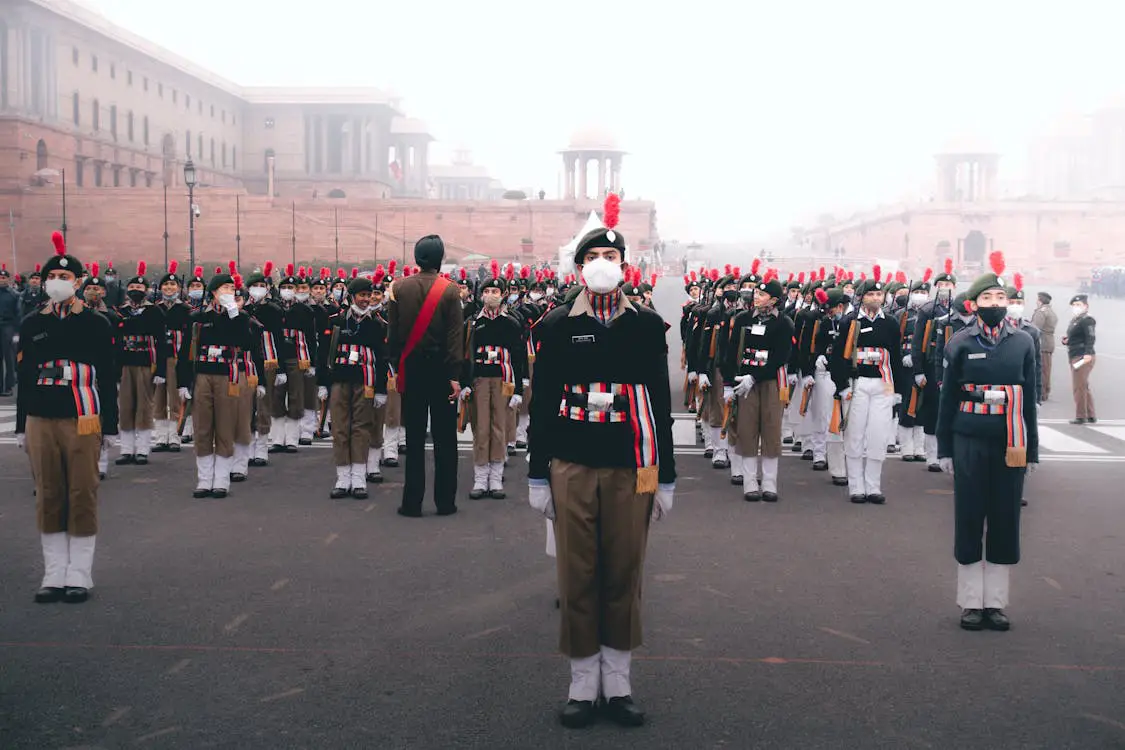
What You’ll Do: Lead troops, strategize missions, and ensure national security—all while mastering the art of looking fierce in olive green. If you love adventures and leading the people then this position good for you. There is you will get the real adventures and get a chance to lead the big teams that actual work with unity. In the battle field only unity and team leading power make you win. Lieutenant Colonel Mitali Madhumita was commissioned into the Indian Army. She is the first woman officer in India to receive a gallantry award.
How to Join: Clear the Combined Defence Services (CDS) exam or join via the Short Service Commission (SSC).
Combined Defence Services (CDS)
The combined defence services exam organise by the UPSC (Union public service commission). It’s the most popular exam which is attempts by millions of youths who aspiring defence services like Army, Navy, and Air Force. With the help of this exam of the teenager join indian armed forces, Government of India.
Eligibility Criteria
Educational Qualification: Applicants are required to possess a degree from an accredited university.
Age Limit: Generally, candidates should be within the age range of 19 to 25 years, although this may differ depending on the specific service.
Examination Structure
Written Exam: The CDS examination includes subjects such as English, General Knowledge, and Elementary Mathematics.
SSB Interview: Candidates who pass the written exam must then successfully complete the SSB (Services Selection Board) interview, in addition to undergoing medical evaluations.
Short Service Commission (SSC)
Eligibility Criteria
Educational Qualifications: Applicants are required to possess an engineering degree in pertinent disciplines. Selection Procedure: The selection process comprises an SSB interview and medical assessments, without the inclusion of a written examination.
Fun Fact: You’ll develop biceps that could rival Thor’s. Who needs a gym membership when you’re hauling artillery?
The Indian Army opened combat roles to women in 2020, so yes, you can now boss around a battalion. Just don’t forget to pack your patience—basic training involves waking up at 4 AM and learning to love daal-chawal.
2. Navy Pilot: Because “Top Gun” Needs a Female Sequel
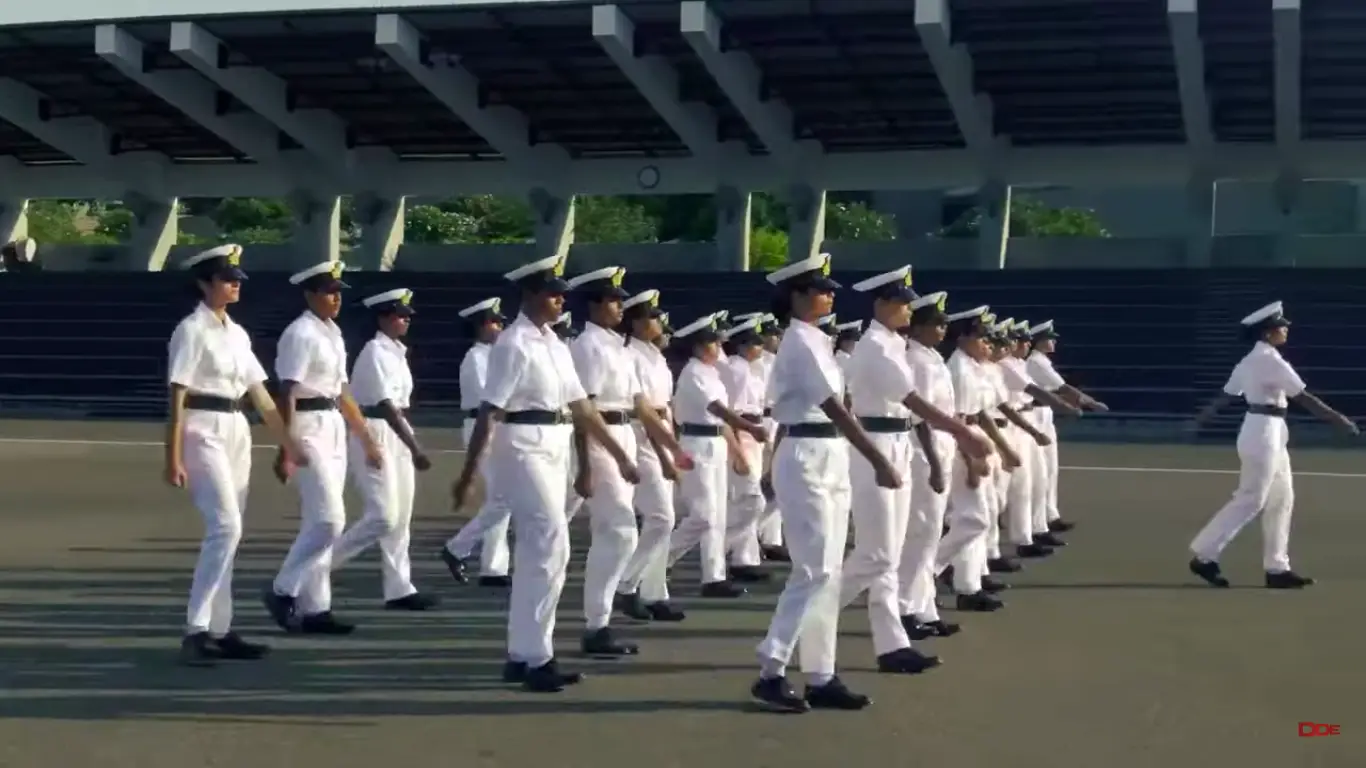
What You’ll Do: Fly maritime patrol aircraft, helicopters, or even fighter jets (yes, fighter jets). You will be responsible for operating fighter jets, helicopters, and maritime patrol aircraft to safeguard India’s maritime borders. For serving nation you will be trained to handle challenging missions, including surveillance, rescue operations, and combat roles. For the first time in history of the Indian Navy, women became sailors. A total of 2,585 Agniveers graduated from INS Chilka after training. Now women are part of the naval staff and women are deployed most of naval command like western naval command, southern naval command, eastern naval command etc.
How to Join: Opt for the Indian Navy’s SSC entry or clear the CDS exam with a focus on aviation. For both exam I already explain the education and selection process.
Fun Fact: Landing on an aircraft carrier is harder than parallel parking in Chandni Chowk. Good luck!
Women have been inducted as pilots in the Navy since 2018. If you’ve ever wanted to yell “I feel the need… for speed!” while soaring over the Arabian Sea, this is your chance.
3. Fighter Pilot (Indian Air Force): Maverick, But Make It Saree
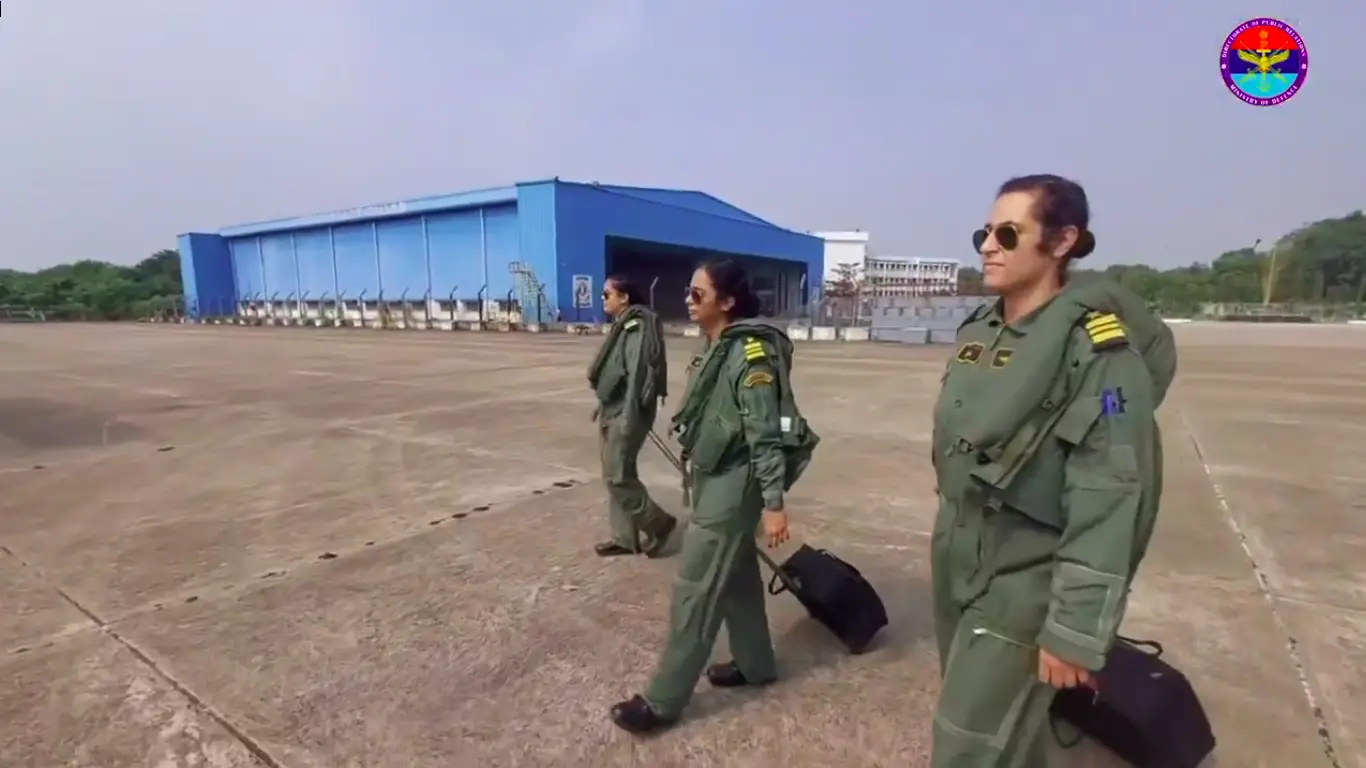
What You’ll Do: Protect Indian airspace, fly supersonic jets, and make gravity your bestie. After joining Fighter pilot in Indian Air Force you will not ordinary pilot you will be master air combat, strategic strikes, and high-speed maneuvers. You will flies advanced combat aircraft to protect India’s airspace and serve for nation as Indian Air force Fighter pilot. Avani Chaturvedi made history as the first woman fighter pilot of the Indian Air Force (IAF) to participate in an aerial wargame overseas. During the 1965 Indo-Pakistan war, Flight Lieutenant Kanta Handa, an IAF medical officer, was the first female IAF officer honored for her service.
How to Join: Clear the Air Force Common Admission Test (AFCAT).
The AFCAT Exam (Air Force Common Admission Test) is a national-level entrance test for candidates aspiring to join the Indian Air Force as officers in Flying and Ground Duty branches. Conducted twice a year, the exam assesses skills in reasoning, numerical ability, English, and general awareness. Clearing the AFCAT Exam leads to a prestigious career with the IAF, offering excellent opportunities in defense, leadership, and aviation.
Examination Information
Branches: Female candidates are eligible to apply for the Flying Branch, as well as Ground Duty (Technical) and Ground Duty (Non-Technical) roles.
Assessment Elements: The AFCAT assesses candidates’ aptitude, reasoning abilities, and general knowledge.
Selection Process
AFCAT Written Examination: Candidates are required to successfully complete the written examination, after which they will undergo interviews conducted by the Air Force Selection Board (AFSB) and medical evaluations.
Those canidate successfully clear all selection process enroll to Indian Naval Academy (INA) and Indian Air Force Academy(AFA).
Fun Fact: You’ll get to wear a G-suit, which is basically a superhero costume minus the cape.
Post-2016, women like Avani Chaturvedi (India’s first female fighter pilot) proved that the sky isn’t the limit—it’s the playground. Just remember: turbulence is just the universe’s way of saying, “Hold my chai.”
4. Legal Officer: For Those Who Pre Courtrooms Over Battlefields
What You’ll Do: Handle military law, court-martials, and legal advisories. On this post you will handle legal matters, including military justice, operational law, and civil affairs. If you have good logical and reasoning power with full knowledge of law then this exciting career for you. Attorneys within the armed forces provide legal counsel to military personnel, commanders, and government agencies. You serve as legal advisors for these groups.
How to Join: Apply via the Judge Advocate General (JAG) entry.
Eligibility and Selection
Qualifications: Applicants are required to possess a law degree and must be eligible for registration with the Indian Bar Council.
Selection Process: The selection procedure includes an SSB interview and a medical examination, with no written examination necessary.
Fun Fact: You’ll argue cases and outsmart colleagues in morning PT. Multitasking level: expert.
If you’re the type who debates everything (including why your mom shouldn’t add sugar to your coffee), this role combines law with discipline. Plus, you get to wear a snazzy uniform to court.
5. Women in Indian defence forces as Engineer (Army, Navy, or Air Force): Building Bridges (Literally)
What You’ll Do: Design infrastructure, maintain combat systems, or repair aircraft. In modern time the women serve in engineering field in private sector In same way they can serve for Indian defence. You can contribute to build up their infrastructure, building and help their bridge development technology. Beyond this you have a chance to work as communication networks, cybersecurity, aircraft maintenance, and missile technology engineer.
How to Join: Opt for the Technical Entry Scheme (TES) or University Entry Scheme (UES).
Technical Entry Scheme (TES)
This entry scheme is intended for individuals who have successfully completed their 10+2 education with a focus on Physics, Chemistry, and Mathematics (PCM) and fulfill the necessary eligibility requirements. Through the Technical Entry Scheme (TES), chosen candidates receive comprehensive military and technical training at esteemed institutions such as the Indian Military Academy (IMA) and Cadet Training Wings (CTW). This program provides a direct route to becoming a technical officer in the armed forces, integrating engineering knowledge with leadership skills and defense operations.
University Entry Scheme (UES)
The University Entry Scheme (UES) Indian Defence is a special recruitment program for engineering students to join the Indian Army, Navy, and Air Force as commissioned officers. This scheme allows final-year engineering students to apply and get selected through campus interviews, followed by SSB (Services Selection Board) testing. The University Entry Scheme (UES) Indian Defence offers a direct path to a prestigious military career, combining technical expertise with leadership in national security.
Fun Fact: Your “office” could be a submarine, a mountain border, or a desert. Take that, corner cubicle!
Women engineers in defence forces ensure that everything from missiles to microwaves works perfectly. Because even soldiers need their Maggi cooked right.
6. Medical Corps: Saving Lives, One Bandage at a Time

What You’ll Do: Serve as doctors, nurses, or specialists in military hospitals. Many women dream of becoming a doctor and treating people medically and receiving many blessings. Medical is the very novel profession. In defence your role is very important you will serve many people in the defence because most of injuries are battle field occur. You in defence you will get lucrative salary with this you will get blessing and different types of case experience. There is large number military nursing staff serve the soldiers. There is two crops one of them Army Medical Corps (AMC) and other Army Dental Corps which is completely dedicated for dental treatment. In Army Medical Corps became the first unit of the Indian Army to grant regular commissions to women.
How to Join: Apply through the Armed Forces Medical Services (AFMS). There is few other exams also there which is below.
Exam/Entry: AFMC (Armed Forces Medical College) Entrance Exam
- For: MBBS aspirants (to study at AFMC, Pune).
- Eligibility: Class 12 with PCB (Physics, Chemistry, Biology), NEET-UG qualified.
- Fun Fact: AFMC is the only med college where you’ll march in a lab coat. Talk about multitasking!
Post-MBBS Entry: SSC (Short Service Commission) in AFMS
- For: Women who’ve completed MBBS and want to serve as commissioned medical officers.
- Exam: No written test! Apply directly via afms.nic.in. Interviews and medical tests decide your fate.
- Age Limit: Up to 45 years for specialists, 30 for general duty docs.
Exam: Military Nursing Service (MNS) Entrance Exam
- Conducted by: Indian Army (Nursing Cadet entry).
- Eligibility: B.Sc. Nursing/Post-Basic B.Sc. Nursing.
- Age: 17–25 years.
- Fun Fact: You’ll learn to give injections and salutes.
The canidate who successfully enrolled by all selection procedure moved to Indian Military Nursing Service (IMNS). The role of women in the Indian Armed Forces started to develop with the establishment of the “Indian Military Nursing Service” in 1888.
National Defence Academy (NDA) Entry (New for Women!)
- After clearing NDA, opt for the Army Medical Corps post-MBBS.
- Exam: NDA written exam (Maths + GAT) + SSB interview.
- The canidate who success fully clear or pass the exam undergo training at the Officers Training Academy (OTA).
Fun Fact: You’ll treat everything from bullet wounds to overdoses of momos.
The AFMS welcomes women to serve as commissioned officers. Bonus: you’ll learn to suture wounds while humming “Dil Chahta Hai.”
7. Education Corps: Because Even Soldiers Need Homework
What You’ll Do: Train personnel, manage academies, and teach everything from tech to tactics.
How to Join: Apply via the SSC or direct recruitment.
Fun Fact: You’ll give lectures to soldiers who’d rather be doing push-ups. Good luck keeping them awake!
If you’ve got a passion for teaching and a tolerance for dad jokes, this role lets you shape future leaders.
8. Logistics and Supply Chain: The Ultimate Organizers
What You’ll Do: Manage resources, transport, and supplies.
How to Join: Enter via the SSC or NCC Special Entry.
NCC Special Entry: It’s Special Entry Scheme for women who have the NCC ‘C’ Certificate.
- NCC Certificate: Applicants are required to hold an NCC ‘C’ certificate with graduation education.
- Selection Process: The selection procedure includes an SSB interview and a medical examination, and does not involve a written test.
Agnipath Entry Scheme
- Age : 17 to 23 year.
- Education : For Army Class 10th pass (for most roles). For Navy / Air force Class 12th with Physics, Chemistry, Maths (PCM).
- Apply through joinindianarmy.nic.in, indiannavy.nic.in, or agnipathvayu.cdac.in (Air Force).
Fun Fact: You’ll master spreadsheets and survival skills. Excel meets exoskeleton.
Without logistics officers, the army would run out of socks. And nobody wants a sockless soldier.
9. Intelligence Corps: Sherlock Holmes, But with Camouflage
What You’ll Do: Gather intel, decode enemy plans, and prevent threats. Now women are perform very well in military intelligence even they can get information by orservation.
How to Join: Apply through the SSC or specialized entries.
Fun Fact: You’ll know secrets even before Arnab Goswami does.
This role is perfect if you’ve always wanted to say, “I could tell you, but then I’d have to kill you.”
10. Military Police: Keeping the Peace (and the Drama)
What You’ll Do: Enforce discipline, investigate crimes, and manage security.
How to Join: Direct recruitment or via the SSC.
Education:
- Soldier Entry: Class 10+2 (any stream). No, your failed chemistry exam won’t matter.
- Officer Entry (SSC): Bachelor’s degree (any field). Yes, even B.A. in Philosophy counts!
Age Limit:
- Soldiers: 17.5–23 years (relaxation for SC/ST).
- Officers (SSC): 19–25 years. Sorry, 30-year-olds—your wisdom is better suited for parenting advice.
Selection Process:
- Written Exam: Tests aptitude, reasoning, and basics like “Why shouldn’t you gossip in uniform?”
- Physical Fitness Test (PFT): Run 1.6 km (men: 6.5 mins, women: 8 mins), push-ups, and a vertical jump that’ll make TikTokers jealous.
- Medical Exam: They’ll check if you can sprint and spot a suspect’s fake mustache from 100 meters.
- Interview/Police Test: Prove you’re more Sharpay Evans than Sharpay in “High School Musical”.
Fun Fact: You’ll shout orders so loud, your college canteen aunty would be proud.
Women inducted into the Corps of Military Police in 2020 now ensure that rules aren’t just meant to be broken.
Challenges? Bring. Them. On.
Sure, joining the Indian defence forces isn’t a walk in Lodhi Garden. You’ll face physical rigors, societal stereotypes, and the eternal struggle of taming your hair into a bun. But with grit (and a good moisturizer), you’ll thrive.
Conclusion: Your Country Needs You (And Your Killer Insta Captions)
From combat to coding, the Indian defence forces offer women roles as diverse as India’s street food menu. Whether you’re a adrenaline junkie or a strategic thinker, there’s a place for you. So, ditch the “log kya kahenge?” mindset, lace up your boots, and get ready to serve.
After all, why be a boss when you can be a Brigadier?
FAQs: Because We Know You’re Curious
Q1. Can women join combat roles in the Indian Army?
A: Absolutely! Since 2020, women can serve in permanent commissions in combat arms like Artillery and Engineers.
Q2. Is there an age limit for joining?
A: It varies by role, but generally between 19–25 years for SSC entries. Check official notifications for deets!
Q3. Do I need to be a fitness freak?
A: Let’s just say you should be able to outrun a stray cow if needed. Basic fitness is a must.
Q4. How many exams TOTAL for a medical career in defence?
- MBBS route: NEET → AFMC entrance → SSC interview.
- Nursing: MNS exam → interview.
- Specialists: Direct SSC application → interview.
So, 1–2 exams max!
Q5. Is NEET compulsory?
Yes, for MBBS admissions (including AFMC).
Q6. Can I join post-MBBS without AFMC?
Absolutely! Apply via SSC after MBBS from any college.
Q7. Do women get permanent commissions?
Yes! Since 2021, SSC medical officers can opt for Permanent Commission.
Q8. Is defence force provide maternity leave in india ?
Yes, there provide 180 days of maternity leave.
Q9. Can women apply in paramilitary forces of india or parachute regiment of the indian army ?
Yes, women can apply to paramilitary forces in India, but opportunities in the Parachute Regiment (Special Forces) of the Indian Army are currently limited.
